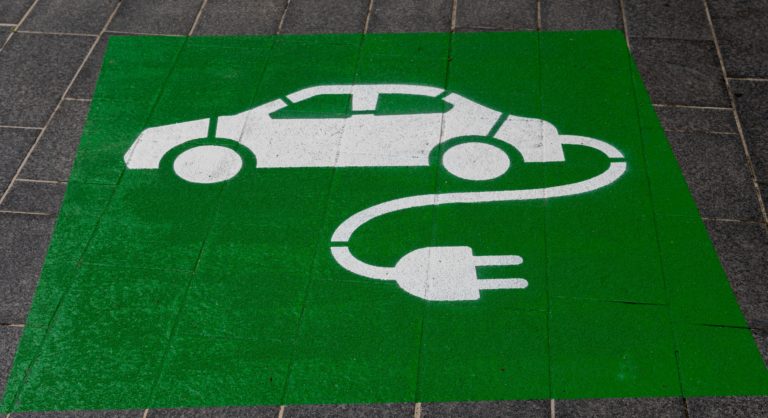The Enertechnos Digital Digest is a monthly breakdown that summarises relevant news stories in the sector and what this means for Enertechnos.
Trends in the coal, oil and gas sectors

1. The IEA’s roadmap
The International Energy Agency released a roadmap report early last week on the global energy sector and what is required to achieve net zero globally by 2050. Development of new gas fields, coal mines and coal-fired power stations, unless sites are fitted with equipment to prevent emissions, must stop as they are hindering progress towards these goals.
2. G7 to phase out fossil fuels
To keep global temperatures below 1.5 degrees, the G7 nations have agreed to phase out fossil fuel subsidies and stop financing international coal projects immediately. Additional financing will be made to ensure that, globally, we reach net zero by 2050. The group has also committed to ‘deep emission reductions’ by the end of the decade. The statement pledges a stop to ‘inefficient fuel subsidies’ by 2025.
3. Exxon and Shell: A climate change rethink
Earlier this week shareholders of Exxon Mobil voted against the management of the company to push away from fossil fuels. Two climate activists are to be elected to the board. Shell has been ordered by a Dutch court to lower emissions by 45% by 2030 from 2018 levels, which is significantly faster than initially planned.
So, what do these trends mean for Enertechnos?
With G7’s, Exxon and Shell’s news just a few days after IEA published their roadmap, it is clear that there are urgent decisions at play and that the energy industry is shifting quickly to accommodate to climate targets.
This news is particularly relevant to Enertechnos as, inevitably, a shift away from carbon-intensive energy sources means a shift toward better and cleaner energy; a vision which is core to what we do at Enertechnos.
A stop to new oil, gas and coal fields means more renewable projects, which naturally require cable to transport energy, and thus more business opportunities for the company. Nexans’ CEO has previously mentioned that each new gigawatt of offshore wind installed needs €250m of cable.
The rise of EVs

1. Biden offers incentives for EV buyers
Across the pond, there have also been some developments in the rise of EVs. As part of his multitrillion-dollar infrastructure package, President Biden has asked Congress to help pay for 500,000 electric vehicle charging stations and provide consumers with rebates for their electric car purchases
2. Ofgem’s £300m investment: ultra-rapid charging
Earlier this week, Ofgem announced a £300m investment for 1,800 new ultra-rapid charging points at service stations. For some time, operators in the UK motorway service industry ‘have long warned that poor grid connections were preventing them from adding more rapid charging points’. This news comes after the House of Commons’ warning that the UK has a ‘mountain to climb’ to meet targets for the vehicle transition.
So, what do these trends mean for Enertechnos?
The push for more EV charging stations in the US is an opportunity for collaboration between the US market and Enertechnos’s CTS technology.
Rebates and cost reduction for EVs and transmission projects, introduced by President Biden, mean an incentive for US companies. This, in addition to the numerous advantages of CTS technology, could be of particular interest to these companies and prompt our technology being used in the US energy transition.
Similarly, investments in the EV market in the UK present further opportunity. As part of the government’s EEF7 project, we were able to develop an application for use of CTS technology for wireless EV charging.
With mandated plans to increase the electric fleet by the end of the decade, there are opportunities to speak with DNOs about the possibility of using CTS technology to increase capacity of delivery to EV charging points.
Keep an eye out for our next Digital Digest.


